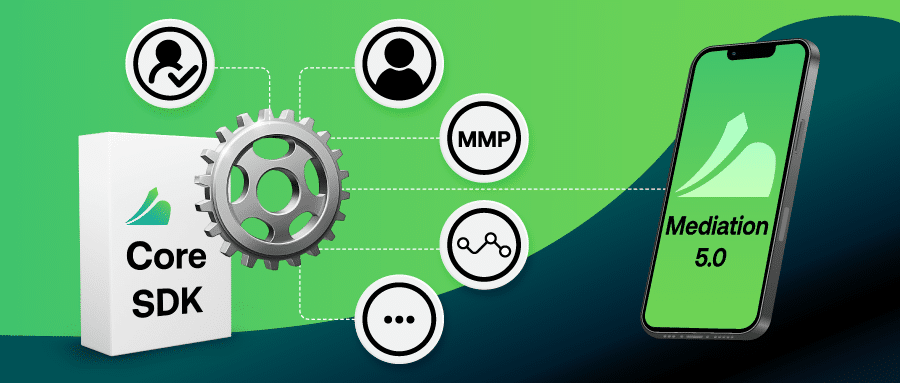What is App Store Audience Testing?
App Store audience testing is the practice of testing different segments of an audience and measuring how they respond to app store marketing creatives. To explain simply the process of testing, it involves sending different segment groups to a product page from a paid ad and tracking the conversion rate of each segment. And the only way to discover who that audience is is by deducting them down into segmented groups according to what factors or commonalities align them. These could be anything from age, interests, gender, location, language, etc.
Let’s take a dating app as an example. Audience testing would involve tracking / measuring how a certain age category responds to a certain creative, then using that data to make informed decisions on what needs changing in order to meet the strategic marketing goals. It’s possible that by testing one segment of the audience, other segments are pushed to one side for the purpose of that particular test; but it’s par for the course and a calculated step in order to achieve a specific marketing goal.
Why App Store Audience Testing is Important?
The heart of App Store audience testing is understanding who the most valuable members of the App Store audience are and what their needs are in order to drive them to the product page. Effective audience testing should define who the audience is for a particular app or game to deliver users of high-value who will lead an app to improve growth.
Audience testing is important because it provides insights that marketers use to construct their marketing ‘language’ (marketing / creative assets) which allows them to communicate with their audience on a more relatable and engaging level.


